Ask Ethan # 48: Where did the cosmic spin come from?
The reader asks:
There are a lot of questions here, so let's start from the very beginning.
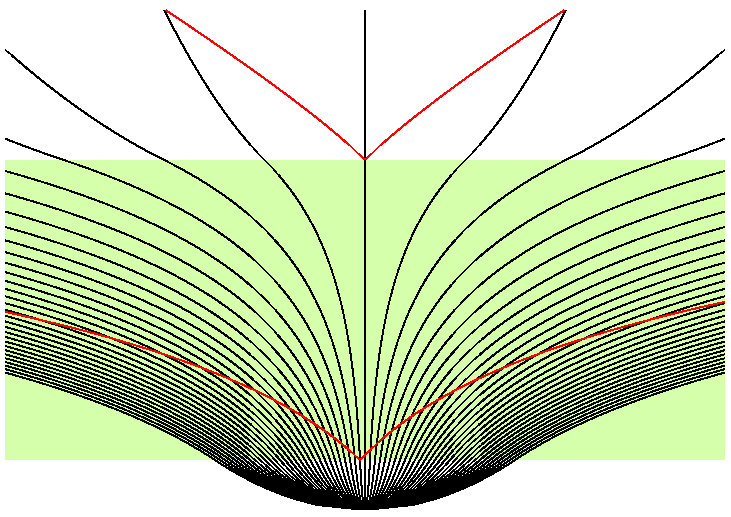
')
Before the Universe was filled with matter, radiation, neutrinos, dark matter or any other particles, it expanded very quickly. The energy contained in it was inherent in the space-time itself. This was the initial period of inflation, which we call the Big Bang, and which led to the emergence of what we call our Universe. At this time, quantum fluctuations occurred, but they could not interact with each other due to too rapid expansion, despite the fact that they occurred at the speed of light. Apparently, the expansion was uniform and went in all directions.
At the end of inflation, the inherent space-time energy was transformed into matter, anti-matter and radiation, and these fluctuations led to the emergence of very dense and very rarefied regions in a rapidly expanding Universe.
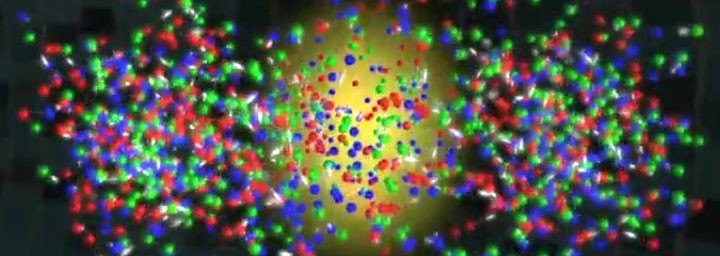
That is what we call the Big Bang. At the very beginning, all particles were born with an angular momentum, a property known as spin, inseparable from a particle. Every electron, quark, and neutrino has a spin of ± ½, and for gluons and photons, the spin is ± 1. For gravitons, if gravity is also quantified, the spin will be ± 2; and only the Higgs boson has zero spin.

Immediately after the occurrence of the particles was not possible to interact with each other. As far as we know, in the newborn universe, particles did not rotate around each other. But they were born with non-zero kinetic energy in places with different density of matter. After their collisions and gravitational interactions, denser regions began to attract more and more matter and energy, and less dense regions became even less dense, giving matter and energy more dense.

As the Universe cooled, the quarks gathered into nuclei, which had their own angular momentum. After further cooling of the universe, atoms began to appear in it. They do not correspond to the planetary model, as Bor imagined it - they occupy different quantum states, and each of them has its own spin and angular orbital momentum.
By the time neutral atoms are formed, the gravitational difference between dense and rarefied regions increases many times.
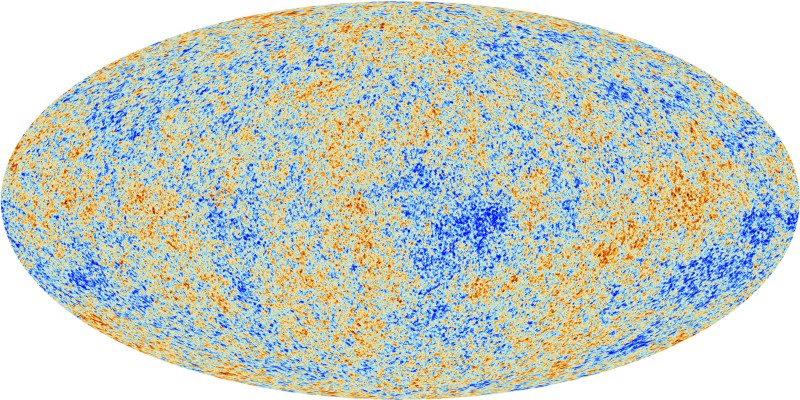
Even in the young Universe, there are regions unique in terms of gravity - they will grow into stars, galaxies, clusters, etc. They will move relative to each other and act on each other through gravity. Unless both objects are ideal spheres and do not move along the line connecting them, they will experience tidal torque .
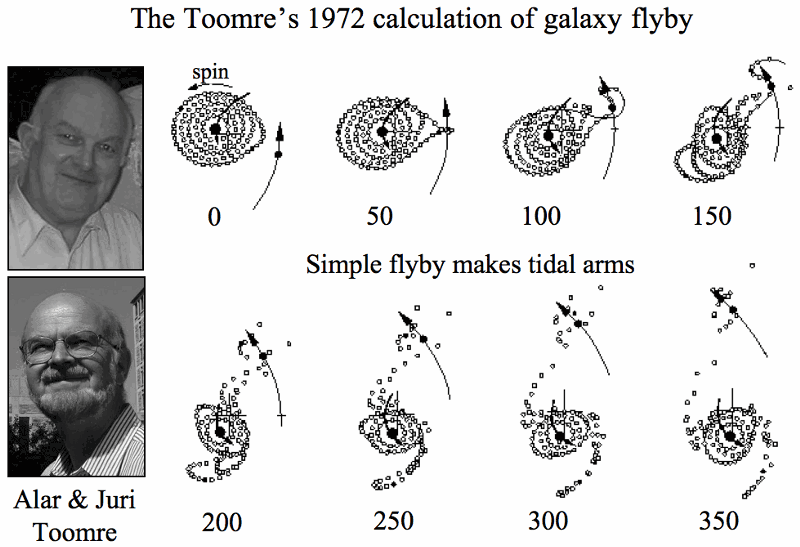
Each piece of matter / energy moving relative to the others gravitationally interacts with other particles and creates a torque - just as pressing a wrench causes the nut to rotate.
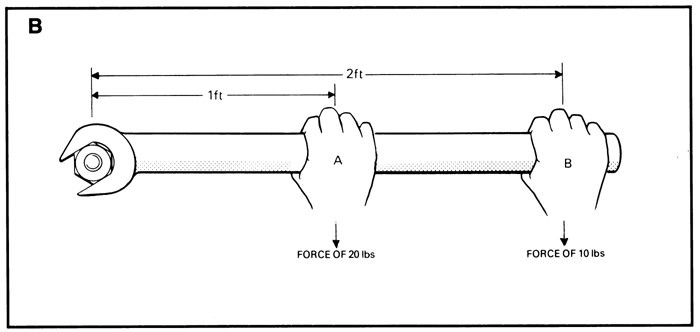
Torque manifests itself on large and small scales and affects all particles of matter, down to the atoms. Over time, gravitational collapses begin to occur, and these small amounts of angular moments, 50% of which are directed clockwise , and 50% counterclockwise, cause huge amounts of matter to begin to rotate.
But in physics there are laws of conservation - for example, the law of conservation of energy, according to which it cannot be created or destroyed. The same is true for the conservation of angular momentum - this can be seen in the example of a rotating figure skater, when he presses his arms and legs closer to his body.

The law of conservation of angular momentum says that when the moment of inertia changes (attracting mass closer to the axis of rotation), the speed of rotation should increase. The sun rotates with a period of about a month. If we compress it to a white dwarf (the size of Earth), its angular velocity should increase to one turn in 36 minutes.
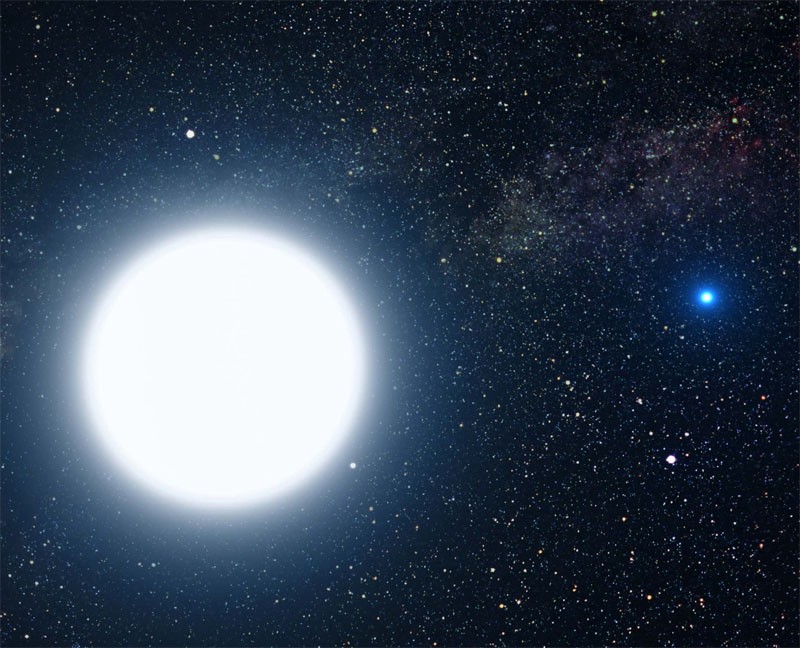
Regarding star systems, planets and galaxies, the fact that we see more than just dense single stationary objects, says that each known system of the Universe is experiencing these tidal effects, and has a non-zero angular momentum with respect to other objects.

Although there is usually a black hole in the centers of galaxies, galaxies do not rotate because of its presence. They would spin without any hole. Many spiral galaxies do not have central black holes - and they are well dispensed with.
Everything revolves around due to gravity, the inevitable physics of rotational moments and the law of conservation of angular momentum.
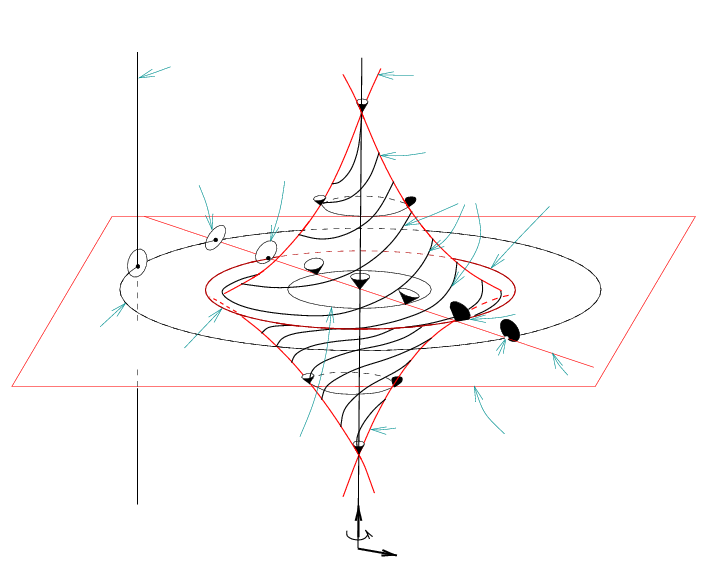
And what if we consider the whole universe? We believe that it has no rotation , since gravity had no effect on scales larger than the Universe. But in principle, the universe could have a certain angular momentum inherent in it from birth, and its presence would give us an even more surprising mystery.
I am 44 years old, and since childhood I was interested in the following question. From the microcosm to the macrocosm, everywhere around us we see rotation - electrons around the nucleus, the moon around the planets, planets around the stars, stars around the galactic centers (as I think). Do galaxies revolve around anything? If so, around what? And after reading “ Ask Ethan No. 45, ” I thought - do universes rotate around something? Is it possible to find out somehow?
There are a lot of questions here, so let's start from the very beginning.

')
Before the Universe was filled with matter, radiation, neutrinos, dark matter or any other particles, it expanded very quickly. The energy contained in it was inherent in the space-time itself. This was the initial period of inflation, which we call the Big Bang, and which led to the emergence of what we call our Universe. At this time, quantum fluctuations occurred, but they could not interact with each other due to too rapid expansion, despite the fact that they occurred at the speed of light. Apparently, the expansion was uniform and went in all directions.
At the end of inflation, the inherent space-time energy was transformed into matter, anti-matter and radiation, and these fluctuations led to the emergence of very dense and very rarefied regions in a rapidly expanding Universe.

That is what we call the Big Bang. At the very beginning, all particles were born with an angular momentum, a property known as spin, inseparable from a particle. Every electron, quark, and neutrino has a spin of ± ½, and for gluons and photons, the spin is ± 1. For gravitons, if gravity is also quantified, the spin will be ± 2; and only the Higgs boson has zero spin.

Immediately after the occurrence of the particles was not possible to interact with each other. As far as we know, in the newborn universe, particles did not rotate around each other. But they were born with non-zero kinetic energy in places with different density of matter. After their collisions and gravitational interactions, denser regions began to attract more and more matter and energy, and less dense regions became even less dense, giving matter and energy more dense.

As the Universe cooled, the quarks gathered into nuclei, which had their own angular momentum. After further cooling of the universe, atoms began to appear in it. They do not correspond to the planetary model, as Bor imagined it - they occupy different quantum states, and each of them has its own spin and angular orbital momentum.
By the time neutral atoms are formed, the gravitational difference between dense and rarefied regions increases many times.

Even in the young Universe, there are regions unique in terms of gravity - they will grow into stars, galaxies, clusters, etc. They will move relative to each other and act on each other through gravity. Unless both objects are ideal spheres and do not move along the line connecting them, they will experience tidal torque .

Each piece of matter / energy moving relative to the others gravitationally interacts with other particles and creates a torque - just as pressing a wrench causes the nut to rotate.

Torque manifests itself on large and small scales and affects all particles of matter, down to the atoms. Over time, gravitational collapses begin to occur, and these small amounts of angular moments, 50% of which are directed clockwise , and 50% counterclockwise, cause huge amounts of matter to begin to rotate.
But in physics there are laws of conservation - for example, the law of conservation of energy, according to which it cannot be created or destroyed. The same is true for the conservation of angular momentum - this can be seen in the example of a rotating figure skater, when he presses his arms and legs closer to his body.

The law of conservation of angular momentum says that when the moment of inertia changes (attracting mass closer to the axis of rotation), the speed of rotation should increase. The sun rotates with a period of about a month. If we compress it to a white dwarf (the size of Earth), its angular velocity should increase to one turn in 36 minutes.

Regarding star systems, planets and galaxies, the fact that we see more than just dense single stationary objects, says that each known system of the Universe is experiencing these tidal effects, and has a non-zero angular momentum with respect to other objects.

Although there is usually a black hole in the centers of galaxies, galaxies do not rotate because of its presence. They would spin without any hole. Many spiral galaxies do not have central black holes - and they are well dispensed with.
Everything revolves around due to gravity, the inevitable physics of rotational moments and the law of conservation of angular momentum.

And what if we consider the whole universe? We believe that it has no rotation , since gravity had no effect on scales larger than the Universe. But in principle, the universe could have a certain angular momentum inherent in it from birth, and its presence would give us an even more surprising mystery.
Source: https://habr.com/ru/post/372271/
All Articles